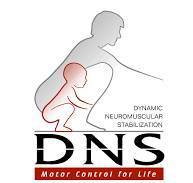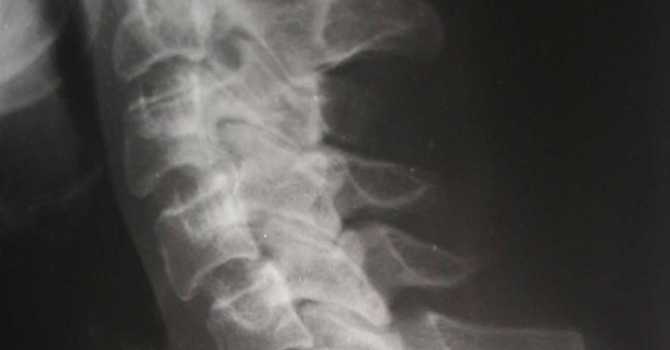
What is Dynamic Neuromuscular Stabilization (DNS)?
At Apex Spine and Performance, we utilize cutting-edge rehabilitation techniques to help our patients recover from injuries, enhance performance, and prevent future issues. One of the most effective methods we integrate into our treatment plans is Dynamic Neuromuscular Stabilization (DNS). But what exactly is DNS, and how can it benefit you?
Understanding Dynamic Neuromuscular Stabilization
Dynamic Neuromuscular Stabilization (DNS) is a rehabilitation approach based on developmental kinesiology—the study of how movement patterns develop from infancy. This technique was pioneered by the Prague School of Rehabilitation and is designed to restore proper movement patterns by retraining the body to use its natural stabilization system.
From birth, humans instinctively develop efficient movement patterns as they learn to roll, crawl, stand, and walk. These movements are controlled by the central nervous system and are essential for maintaining stability, coordination, and strength. However, due to injury, poor posture, or repetitive stress, these natural movement patterns can become altered, leading to pain and dysfunction.
How Does DNS Work?
DNS works by analyzing and retraining movement patterns to restore proper motor control. This method focuses on core stabilization, proper joint positioning, and neuromuscular coordination. At Apex Spine and Performance, we use DNS techniques to:
-
Improve core stability
-
Enhance breathing mechanics
-
Optimize movement efficiency
-
Restore functional movement patterns
-
Reduce pain and prevent injuries
DNS exercises are designed to stimulate the deep stabilizing muscles of the core, such as the diaphragm, transverse abdominis, and pelvic floor. These muscles work together to provide stability for the spine and extremities, allowing for more efficient and pain-free movement.
Who Can Benefit from DNS?
DNS is beneficial for a wide range of individuals, including:
-
Athletes looking to improve performance and reduce injury risk
-
Patients with chronic pain such as low back pain, neck pain, or joint dysfunction
-
Post-injury rehabilitation to restore proper movement after surgery or injury
DNS at Apex Spine and Performance
At Apex Spine and Performance, we incorporate DNS into our personalized treatment plans to help patients move better, feel stronger, and perform at their best. Both Tim and I have attended several DNS continuing education courses, including DNS Clinical A&B, DNS Exercise I-III, and DNS Strength Training 1 and 2. This extensive training allows us to apply the latest DNS techniques to help our patients achieve optimal movement, recovery, and performance.
Whether you are recovering from an injury, looking to enhance athletic performance, or simply want to improve your movement quality, DNS can be a powerful tool in your rehabilitation and wellness journey.
If you're interested in learning more about how Dynamic Neuromuscular Stabilization can help you, contact us today to schedule an appointment!

.jpeg)



